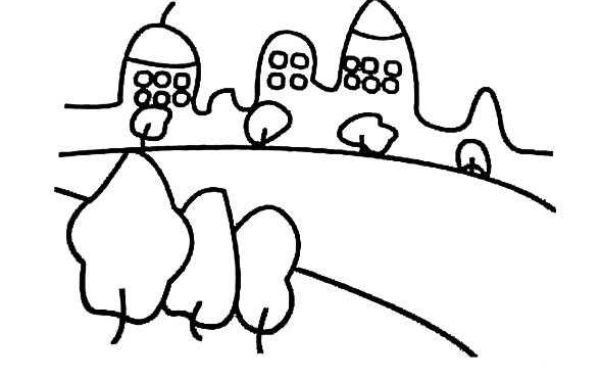Gender Representation in Cinema: Breaking Stereotypes and Shaping NarrativesCinema is not just a reflection of society; it plays a significant role in shaping societal norms, beliefs, and perceptions. One crucial aspect of this influence is the representation of gender. In this article, we explore the evolving landscape of gender representation in cinema, focusing on how the industry is breaking stereotypes and reshaping narratives to foster more inclusive and diverse stories.Historical Gender StereotypesThroughout the history of cinema, gender stereotypes have been prevalent. Women were often relegated to limited roles as love interests or damsels in distress, while men were cast as strong, dominant figures. These stereotypes reinforced traditional gender roles and expectations.The Evolution of Gender RepresentationIn recent decades, there has been a noticeable shift in how gender is portrayed on screen. Filmmakers are increasingly challenging stereotypes and embracing more complex, multi-dimensional characters. This evolution has given rise to a more diverse and inclusive cinematic landscape.Complex Female CharactersOne of the most significant changes in gender representation is the emergence of complex and empowered female characters. Films like "Wonder Woman" (2017) and "Mad Max: Fury Road" (2015) feature strong, independent women who defy traditional gender norms and take on leadership roles.Male Vulnerability and SensitivityIn parallel, male characters are now portrayed with greater emotional depth, allowing them to express vulnerability and sensitivity. Movies like "Moonlight" (2016) and "Call Me by Your Name" (2017) explore themes of masculinity, love, and identity with nuance and sensitivity.Breaking Stereotypes in Genre FilmsGenre films, such as action and science fiction, have also played a role in breaking gender stereotypes. Characters like Furiosa in "Mad Max: Fury Road" challenge the notion that women cannot be action heroes, while "Alien" (1979) subverted traditional gender roles in the science fiction genre.The Rise of Female Directors and WritersThe gender of filmmakers matters in shaping gender representation. The industry has seen a rise in female directors and writers who bring unique perspectives to their storytelling. Directors like Kathryn Bigelow, Ava DuVernay, and Greta Gerwig have made significant contributions to the diversification of gender narratives.LGBTQ+ RepresentationGender representation also extends to LGBTQ+ characters and stories. Films like "Brokeback Mountain" (2005) and "Carol" (2015) explore same-sex relationships with depth and sensitivity, contributing to greater visibility and acceptance.The Importance of IntersectionalityIntersectionality recognizes that individuals can face multiple forms of discrimination or privilege. Films are increasingly exploring intersectional identities, acknowledging that gender representation must be inclusive of race, sexual orientation, disability, and other factors.The Impact on SocietyThe changing landscape of gender representation in cinema has a broader impact on society. It challenges harmful stereotypes, fosters empathy and understanding, and provides role models for individuals who may have felt marginalized or underrepresented.The Ongoing JourneyWhile significant progress has been made, there is still work to be done. Gender representation in cinema continues to evolve, with filmmakers and audiences pushing for more inclusive and diverse narratives. It is a journey of constant exploration, challenge, and growth.ConclusionCinema has the power to shape perceptions, challenge norms, and inspire change. Gender representation in film is a vital part of this influence, as it reflects and shapes our understanding of gender roles and identities. By breaking stereotypes and embracing diverse narratives, the film industry can play a pivotal role in promoting gender equality and fostering a more inclusive society. More detailed information - www xnxx daughter com
Recherche
Messages populaires








